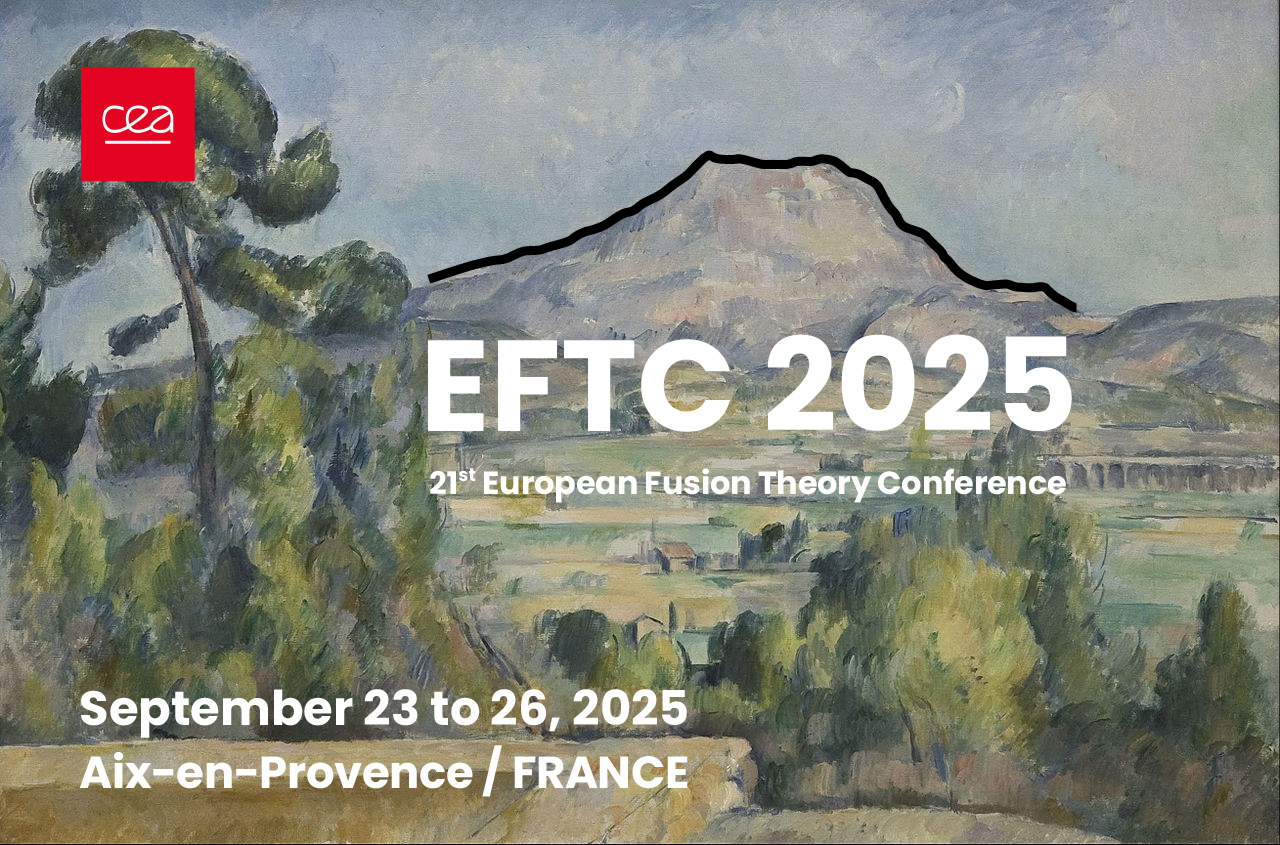Speaker
Description
The stellarator Wendelstein 7-X (W7-X) demonstrated the effectiveness of reducing neoclassical transport through magnetic field optimization [1]. Its confinement is primarily governed by turbulence arising from instabilities at scales comparable to the gyroradius [2,3]. For small plasma beta (the ratio of kinetic to magnetic pressure), these instabilities are predominantly electrostatic and often driven by ion temperature gradients (ITG). ITG-driven turbulence is sensitive to magnetic field properties—a dependence that needs to be considered in the design of the next-generation optimized stellarators. However, the experimental characterization and theoretical modeling of turbulence in W7-X remain incomplete, particularly regarding its geometrical properties.
In this contribution, we numerically investigate gyrokinetic plasma turbulence in W7-X, with a focus on potential performance improvements through the modification of geometrical properties. Specifically, we compare density fluctuation measurements from the Phase Contrast Imaging (PCI) diagnostic [4,5] with both linear and nonlinear simulations performed using the gyrokinetic code stella [6]. As part of this comparison, we examine the impact of the mirror ratio and the global value of the rotational transform on plasma performance [7]. Our simulations show good agreement with analytical expectations, although some experimental observations still remain puzzling. Finally, we propose a method for locally modifying ITG turbulence through tailored adjustments of the rotational transform profile [8]. This approach builds on the influence of electron cyclotron current drive in plasmas heated via electron cyclotron resonance [9].
[1] Beidler, C. D. et al., Nature 596, 7871 (2021): 221-226
[2] Bozhenkov, S. A. et al., Nuclear Fusion 60.6 (2020): 066011
[3] Navarro, A. Banón et al., Nuclear Fusion 63.5 (2023): 054003
[4] Edlund, Eric M. et al., Review of Scientific Instruments 89.10 (2018)
[5] Huang, Z. et al., Journal of Instrumentation 16.01 (2021): P01014
[6] Barnes, M. et al., Journal of Computational Physics 391 (2019): 365-380
[7] Bähner, J.-P. et al., submitted to Nuclear Fusion (2025)
[8] Podavini, L. et al., Journal of Plasma Physics 90.4 (2024): 905900414
[9] Zanini, M. et al., Nuclear Fusion 61.11 (2021): 116053

